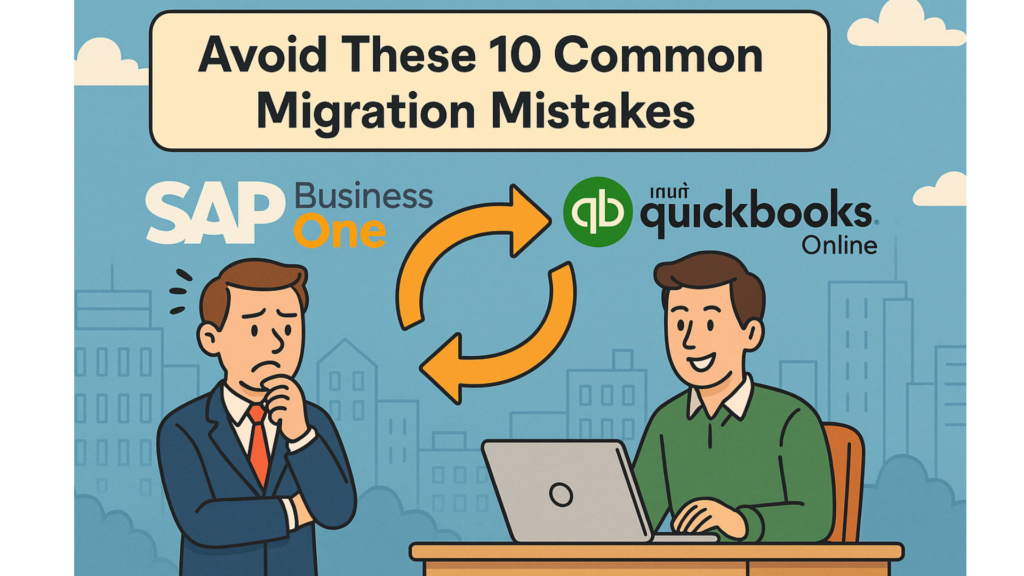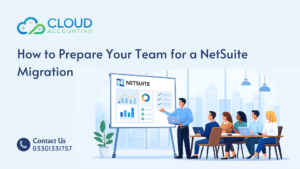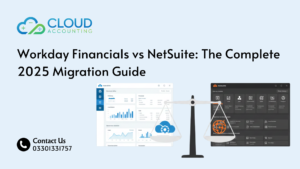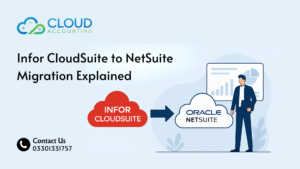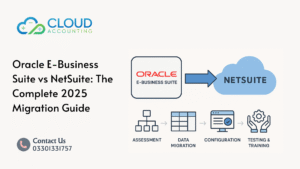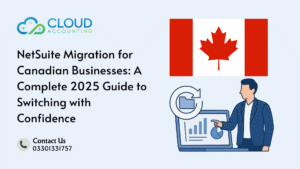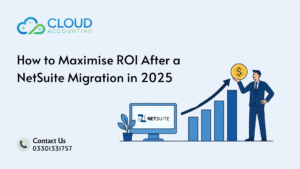Migrating from SAP Business One to QuickBooks Online can transform how your UK business manages finances, offering cloud-based flexibility, real-time insights, and cost savings. But without careful planning, the process can hit roadblocks that cost time, money, and peace of mind. Whether you’re a finance manager juggling deadlines or an IT lead ensuring system uptime, avoiding key pitfalls is crucial for a seamless switch.
At Cloud Accounting, we’ve guided countless UK SMEs through this exact transition, sidestepping errors that could derail progress. Drawing from our experience and your concerns about data integrity (like we discussed back in March), we’ve compiled the 10 most common SAP Business One to QuickBooks Online migration mistakes—and how to avoid them. Let’s dive in to ensure your migration is smooth, secure, and sets your business up for success.
Why a Flawless Migration Matters
Switching to QuickBooks Online promises streamlined bookkeeping, HMRC-compliant reporting, and integrations with tools like Shopify or PayPal. But one misstep—like overlooking data cleanup—can lead to inaccurate reports or frustrated teams. By dodging these cloud accounting errors, you’ll save resources and unlock QuickBooks’ full potential faster. Ready to learn what not to do? Here’s our list.
1. Skipping a Pre-Migration Plan
Jumping into migration without a roadmap is like driving blindfolded. Many businesses assume they can “figure it out” mid-process, only to face delays or data mismatches.
Fix It: Create a detailed plan covering data scope (e.g., invoices, payroll), timelines, and team roles. At Cloud Accounting, we start with a free consultation to map your needs, ensuring no surprises. A checklist, like assessing multi-currency data (a point you raised before), keeps things on track.
2. Ignoring Data Cleanup
Old SAP B1 records—think duplicate vendors or outdated invoices—can clog your new QuickBooks Online setup, causing errors in reports or tax filings.
Fix It: Before migrating, cleanse your data. Delete obsolete entries, standardize formats (e.g., dates as DD/MM/YYYY for UK compliance), and reconcile accounts. Our team at Cloud Accounting uses tools like Dataswitcher to spot issues early, saving you from post-migration headaches.
3. Poor Data Mapping
Data mapping is the backbone of migration, linking SAP B1 fields (like “customer balance”) to QuickBooks equivalents. Misalignments—like mapping sales to the wrong account—can skew financials.
Fix It: Work with experts to map fields accurately. For example, ensure VAT codes align with HMRC rules. We double-check mappings to prevent SAP B1 data issues, a concern you mentioned about preserving accuracy.
4. Underestimating Downtime
Some businesses expect zero downtime, only to find systems offline during critical hours, disrupting operations.
Fix It: Schedule migrations outside peak hours—weekends work well for retail SMEs. Test QuickBooks access beforehand to minimize disruptions. Cloud Accounting plans migrations to keep downtime under a few hours, as you emphasized minimal interruptions in our March chat.
5. Neglecting Historical Data
Assuming you only need recent data can backfire when you later need years-old invoices for audits or trends.
Fix It: Decide upfront how much history to transfer (e.g., 3-7 years for HMRC compliance). QuickBooks Online supports robust historical imports, and we ensure every transaction, from 2018 sales to 2024 expenses, lands safely—a priority you highlighted for audits.
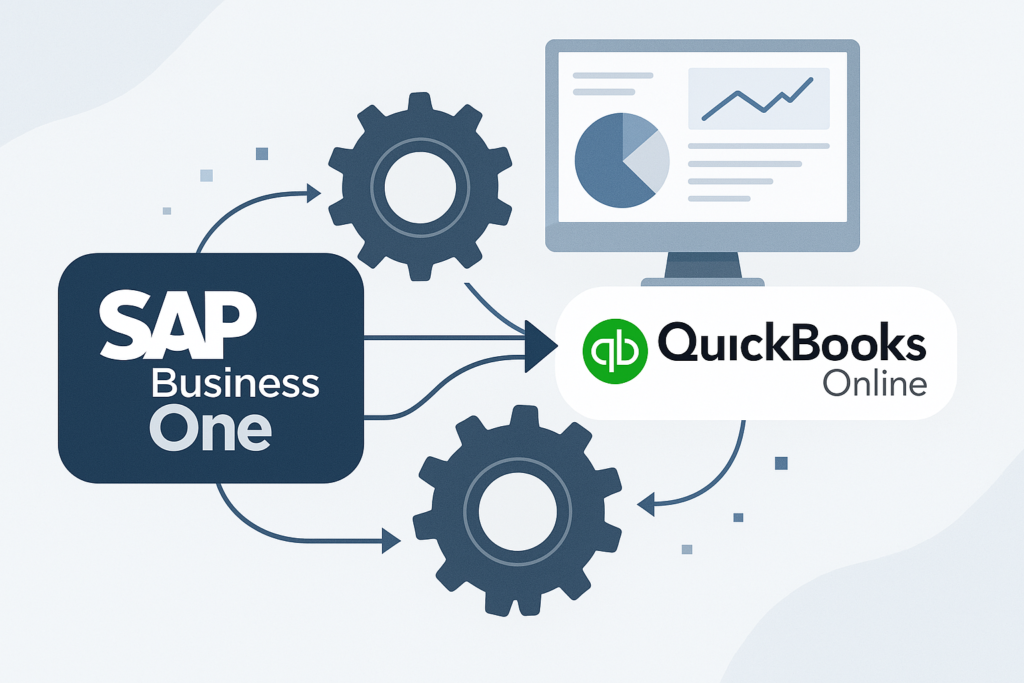
6. Overlooking Multi-Currency Setup
SAP B1’s complex multi-currency features don’t always translate smoothly to QuickBooks Online, especially for UK firms trading globally.
Fix It: Enable QuickBooks’ multi-currency feature pre-migration and map exchange rates correctly. Our team configures real-time updates (a QuickBooks perk you liked) to keep international deals error-free, avoiding the compatibility issues you worried about.
7. Skipping Team Training
Your team might struggle with QuickBooks Online’s interface if they’re used to SAP B1’s workflows, leading to errors or delays.
Fix It: Invest in training tailored to roles—bookkeepers need invoicing tricks, while managers want dashboards. Cloud Accounting offers live sessions and videos (like our Zoho Books courses) to get your team confident fast, addressing your point about post-migration support.
8. Forgetting Compliance Checks
UK regulations, like Making Tax Digital (MTD), require specific setups in QuickBooks Online. Miss these, and you risk HMRC penalties.
Fix It: Verify VAT settings and MTD compliance before going live. We audit your QuickBooks setup to ensure it meets HMRC standards, preventing the cloud accounting errors that can cost thousands in fines.
9. Not Testing Post-Migration
Going live without testing is a recipe for chaos—think missing invoices or broken integrations catching you off guard.
Fix It: Run a pilot migration with sample data, then check reports, bank feeds, and add-ons like Xero. Cloud Accounting tests every detail, from payroll to VAT returns, so your live system hums perfectly, tackling your concern about system reliability.
10. Doing It Alone
DIY migrations sound cost-effective but often lead to errors only experts spot—like incorrect tax codes or lost data.
Fix It: Partner with pros who know both systems. At Cloud Accounting, our certified accountants and migration tools (think QuickBooks advisors, as you’ve seen with eCloud Experts) ensure a flawless switch. Why risk it when we’re a call away?
How Cloud Accounting Saves the Day
These mistakes aren’t just hurdles—they’re opportunities to get migration right with the right partner. At Cloud Accounting, we’ve fine-tuned our SAP Business One to QuickBooks Online migration process to dodge these pitfalls:
- Expert Planning: We map your data and timeline with precision.
- Seamless Data Transfer: Tools like Dataswitcher ensure accuracy.
- Tailored Training: Your team masters QuickBooks in days.
- UK Compliance: We align with HMRC and MTD rules.
- Ongoing Support: 30 days of aftercare keep you confident.
Our clients, from SaaS startups to e-commerce brands, have saved hours and pounds by avoiding these errors. Ready to join them?
Your Next Step to a Smooth Migration
Migrating from SAP Business One to QuickBooks Online doesn’t have to be stressful. By steering clear of these 10 mistakes, you’ll unlock cloud accounting’s benefits—real-time insights, lower costs, and a happier team—without the drama. But why navigate it alone?
At Cloud Accounting, we make migrations painless for UK businesses. Our experts handle everything, from data cleanup to compliance, so you can focus on growth. Curious how we’d tailor your switch?

